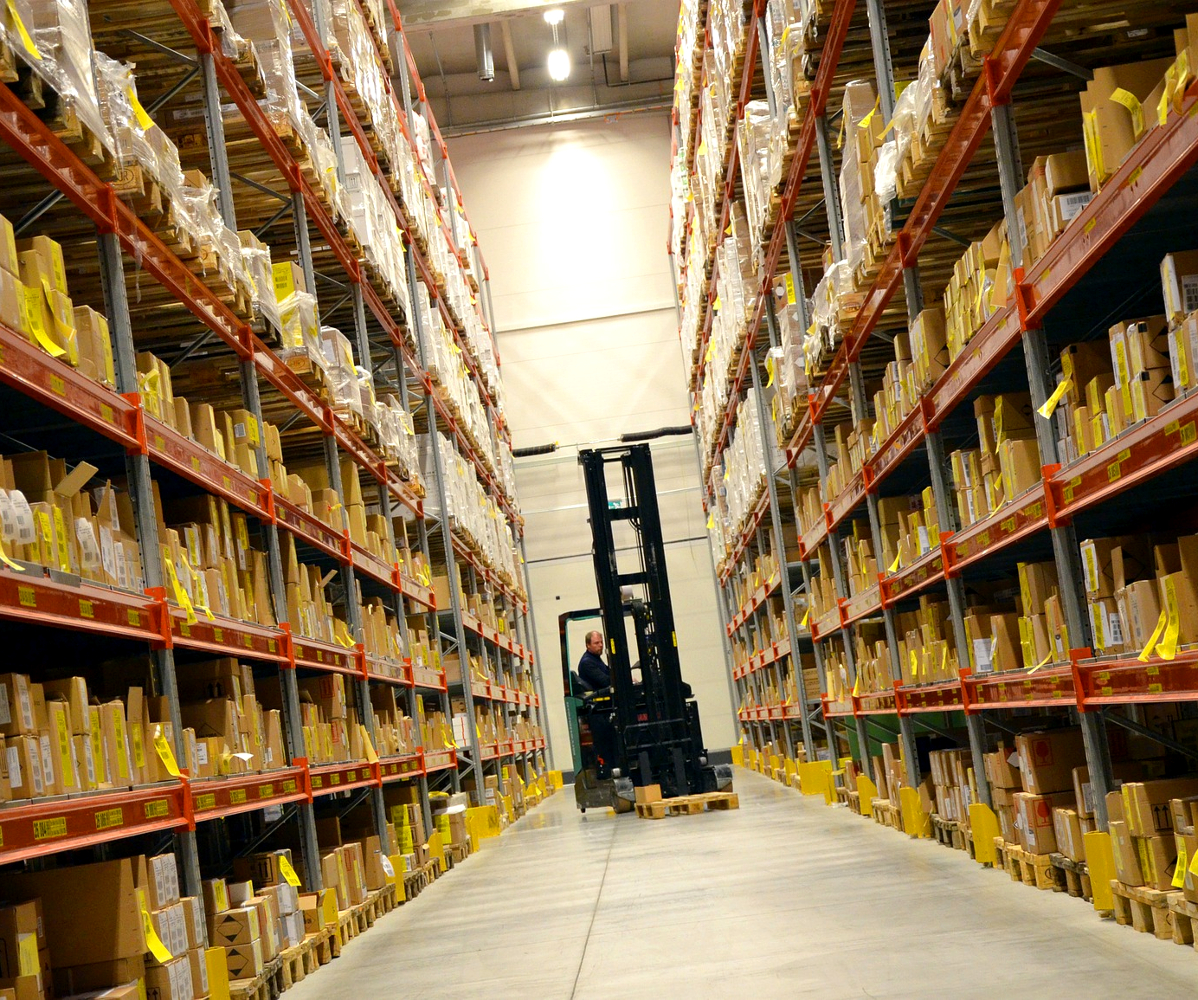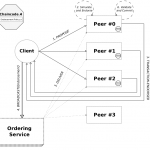C2Net: supply chain logistics on cloud nine
A cloud solution to improve supply chain logistics? This is the principle behind the European C2Net project. Launched on January 1, 2015, the project was completed on December 31, 2017. The project has successfully demonstrated how a cloud platform can enable the various players in a supply chain to better anticipate and manage future problems. To do so, C2Net drew on research on interoperability and on the automation of alerts using data taken directly from companies in the supply chain. Jacques Lamothe and Frédérick Benaben, researchers in industrial engineering, on logistics and information systems respectively, give us an overview of the work they carried out at IMT Mines Albi on the C2Net project.
What was the aim of the C2Net project?
Jacques Lamothe: The original idea was to provide cloud tools for SMEs to help them with advanced supply chain planning. The goal was to identify future inventory management problems companies may have well in advance. As such, we had to work on three parts: recovering data from SMEs, generating alerts for issues to be resolved, and monitoring planning activity to see if everything went as intended. It wasn’t easy because we had to respond to interoperability issues — meaning data exchange between the different companies’ information systems. And we also had to understand the business rules of the supply chain players in order to evaluate the relevant alerts.
Could you give us an example of the type of problem a company may face?
Frédérick Benaben: One thing that can happen is that a supplier is only able to manufacture 20,000 units of an item while the SME is expecting 25,000. This makes for a strained supply chain and solutions must be found, such as compensating for this change by asking suppliers in other countries if they can produce more. It’s a bit like an ecosystem: when there’s a problem in one part, all the players in the supply chain are affected.
Jacques Lamothe: What we actually realized is that, a lot of the time, certain companies have very effective tools to assess the demand on one side, while other companies have very effective tools to measure production on the other side. But it is difficult for them to establish a dialogue between these two parts. In the chain, the manufacturer does not necessarily notice when there is lower demand and vice versa. This is one of the things the C2Net demonstrator helped correct in the use case we developed with the companies.
And what were the companies’ expectations for this project?
Jacques Lamothe: For the C2Net project, each academic partner brought an industrial partner he had already worked with. And each of these SMEs had a different set of problems. In France, our partner for the project was Pierre Fabre. They were very interested in data collection and creating an alert system. On the Spanish side, this was less of a concern than optimizing planning. Every company has its own issues and the use cases the industrial partners brought us meant we had to find solutions for everyone: from generating data on their supply chains to creating tools to allow them to manage alerts or planning.
To what extent has your research work had an impact on the companies’ structures and the way they are organized?
Frédérick Benaben: What was smart about the project is that we did not propose the C2Net demonstrator as a cloud platform that would replace companies’ existing systems. Everything we did is situated a level above the organizations so that they will not be impacted, and integrates the existing systems, especially the information systems already in place. So the companies did not have to be changed. This also explains why we had to work so hard on interoperability.
What did the work on interoperability involve?
Frédérick Benaben: There were two important interoperability issues. The first was being able to plug into existing systems in order to collect information and understand what was collected. A company may have different subcontractors, all of whom use different data formats. How can a company understand and use the data from both subcontractor A, which is provided in one language and that of subcontractor B, which is provided in another? We therefore had to propose data reconciliation plans.
The second issue involves interpretation. Once the data has been collected and everyone is speaking the same language, or at least can understand one another, how can common references be established? For example, having everyone speak in liters for quantities of liquids instead of vials or bottles. Or, when a subcontractor announces that an item may potentially be out of stock, what does this really mean? How far in advance does the subcontractor notify its customers? Does everyone have the same definition? All these aspects had to be harmonized.
How will these results be used?
Jacques Lamothe: The demonstrator has been installed at the University of Valencia in Spain and should be reused for research projects. As for us, the results have opened up new research possibilities. We want to go beyond a tool that can simply detect future problems or allow companies to be notified. One of our ideas is to work on solutions that make it possible to make more or less automated decisions to adjust the supply chain.
Frédérick Benaben: A spin-off has also been developed in Portugal. It uses a portion of the data integration mechanisms to propose services for SMEs. And we are still working with Pierre Fabre too, since their feedback has been very positive. The demonstrator helped them see that it is possible to do more than what they are currently able to do. In fact, we have developed and submitted a partnership research project with them.
Also read on I’MTech:




Leave a Reply
Want to join the discussion?Feel free to contribute!